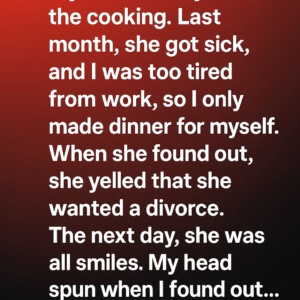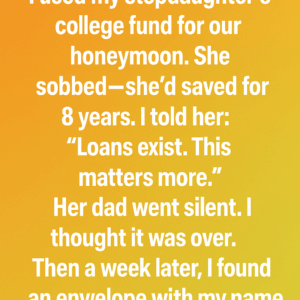Ambiguous images work by giving your brain just enough visual information to form more than one interpretation. In this case, the picture can look like either a fish or a plane depending on which shapes your mind groups together. Neither answer is “right” — they simply show how flexible perception can be.
If you see a fish first, your brain is focusing on smaller, enclosed shapes. If you see a plane, your mind is grouping larger outlines into a single big form. These differences don’t reveal personality traits or thinking styles — they’re just quick, automatic choices your brain makes.
People often link these interpretations to being “left-brained” or “right-brained,” but that idea isn’t supported by science. Both hemispheres work together on nearly every task, from solving problems to creating art.
When you look at an ambiguous image, different brain regions collaborate to match shapes with familiar patterns. That’s why your perception can switch if you stare long enough. These visuals are fun because they show how adaptable your mind is — not because they diagnose anything about you.





